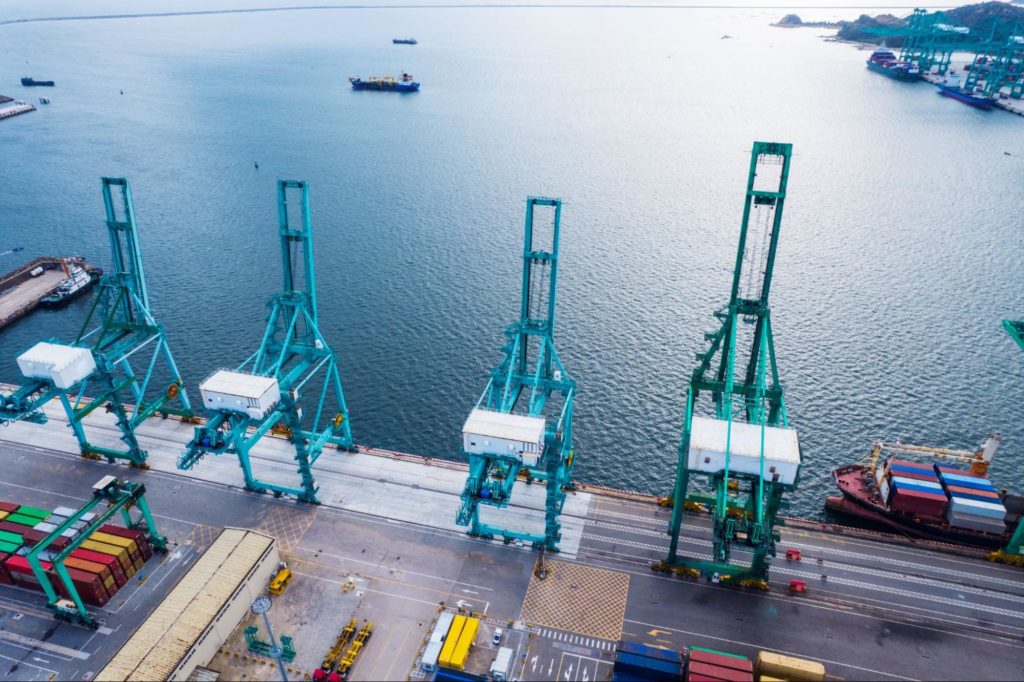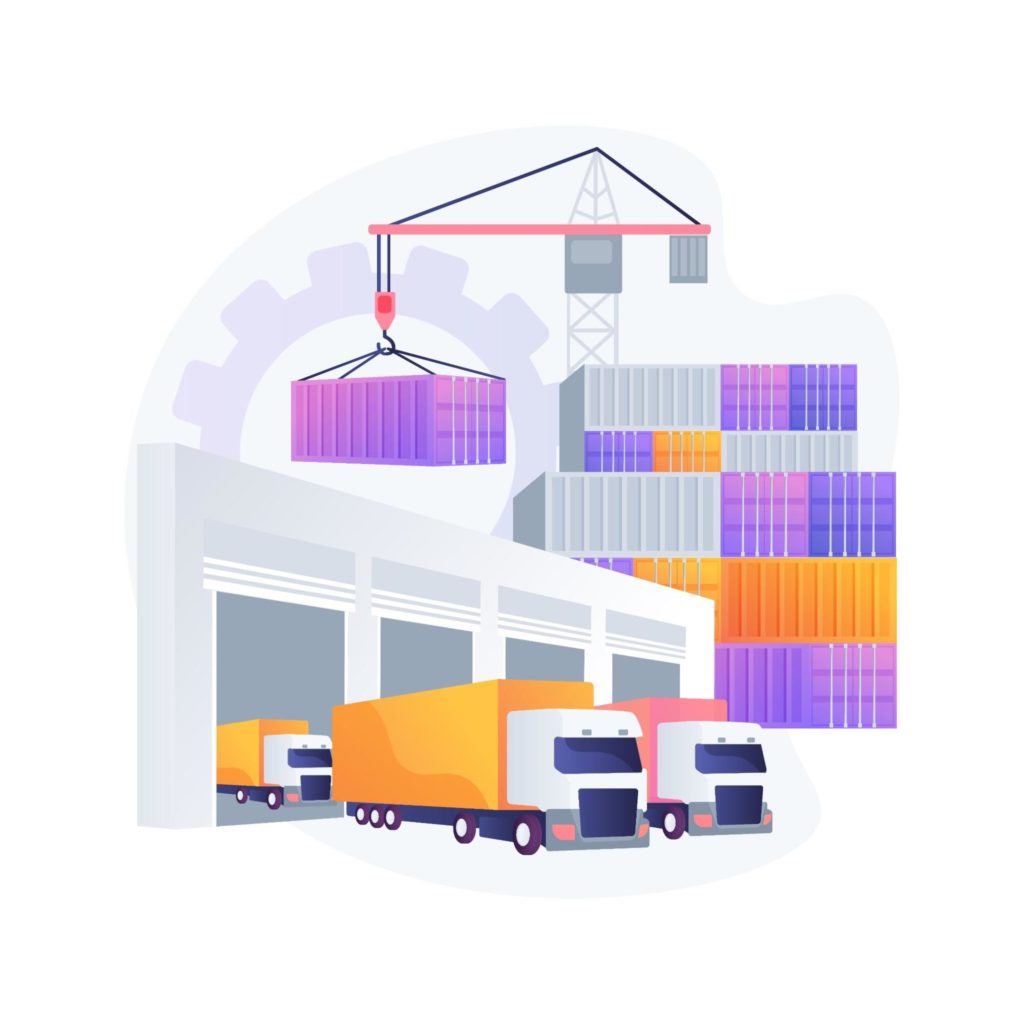It has been more than a year since we survived COVID-19. At this point, it is abundantly clear that the transportation and logistics sector has become one of the primary victims of this relentless pandemic.
Rising costs caused by additional safety regulations put forward by governments worldwide, sudden changes in processes caused by these safety regulations, and shrinking business have become a severe problem for many key players in this sector. The shutdowns in various countries have caused significant disruptions in the supply chain, affecting international and domestic logistics and slower growth in other related industries. Many small trucking companies in the U.S. were forced to file for bankruptcy in 2020 because of COVID because they lacked the resources to turn the tide or wait out the pandemic.
The effects have been evident in other industries as well – the airline industry being one such example. Most notable routes were either shut down entirely or reduced to a few hours of operation due to a lack of the necessary number of passengers to cover high operating costs. As a consequence, the number of people choosing to travel abroad has declined, further reducing demand.
The work-from-home situation led to a decrease in corporate travelers, who accounted for 80% of airline profits. In addition, the number of people who prefer to travel abroad for personal reasons decreased, further reducing demand.

The global trucking market has also been among the most brutal hit: it is expected to shrink by 8 percent in 2020 compared to the previous year. Other transportation companies have been similarly affected – a good example is the global cab aggregator Uber, which had a 50 percent year-on-year drop in gross bookings during the pandemic.
Nevertheless, after a year lived during the pandemic, the outlook is positive, and the world is adjusting to the changes it has caused.
How can business leaders manage the processes to ensure resilience during the pandemic?
While the pandemic has disrupted many transportations and logistics companies, many executives have embraced it as an opportunity to accelerate a digital transformation that can take their business to a new and sustainable level.
Streamlining operations
Business leaders need to rethink how their businesses operate and focus on streamlining them to reduce unwanted costs. For example, transportation and logistics companies bear the brunt of working on legacy processes, and choosing to re-engineer them will result in high returns. For example, a warehouse business can optimally use analytics and location data to schedule the loading and unloading of various shipments.
Similarly, airlines can use passenger check-in data, luggage tag scanning, or other tracking mechanisms to direct FTEs toward optimal passenger service, further reducing operating costs.
Experion enabled an international construction equipment manufacturer to develop a comprehensive fleet management system to optimize mine operations. As a result, the project should improve efficiency and operating costs.
Ensuring Transparency
Businesses should provide transparency to all stakeholders to make the business process simple, manageable, and measurable. For example, with each store closing, consumer demand for home delivery increased and, consequently, demand for last-mile delivery services increased. This highlighted the need for automated, non-contact delivery technology. As a result, these companies need to create a digital ecosystem to ensure a high level of customer engagement and transparency across all business processes.
Even in a B2B scenario, logistics companies need to ensure that relevant data is available to their customers not to disrupt their business. This is especially important due to the growing demand for e-commerce and the support of enterprises by transportation and logistics companies for this transition. As for internal stakeholders, improve visibility into the supply chain by ensuring they are prepared for any disruptions that may occur in the supply chain.

Leverage the power of data
The COVID-19 pandemic highlighted the importance of using data and analytics for decision-making. While the use of data in transportation and logistics has grown significantly over the past few years, the pandemic has accelerated innovation. This has led to increased demand for supply chain risk management and real-time monitoring systems over the past year.
With the introduction of multimodal transportation and technological advances leading to many different data sources such as cameras, GPS, and geolocation, it is logical to consider this diverse ecosystem of data. This unprecedented amount of data can help businesses leverage advanced data and analytics solutions to improve operational efficiency, reduce costs and improve the passenger experience.
Understanding mobility patterns and trends in transportation and logistics early on will lead to effective risk and disaster management. Businesses that accelerate the digital transformation process will benefit in the long run and head off any other significant disruption.


